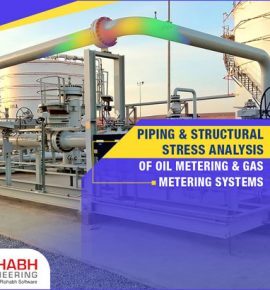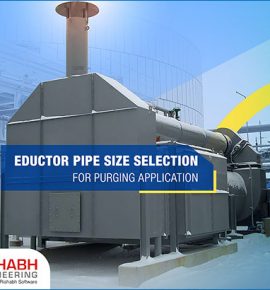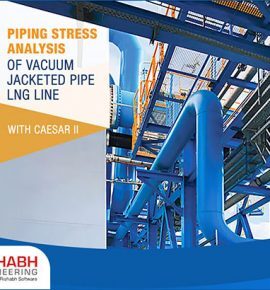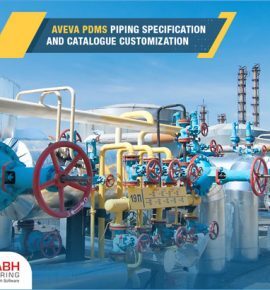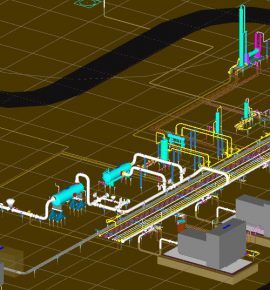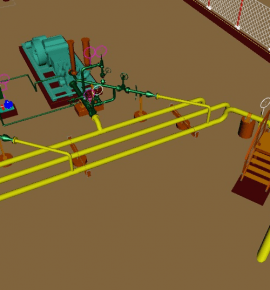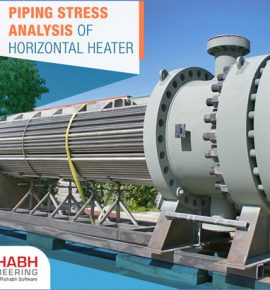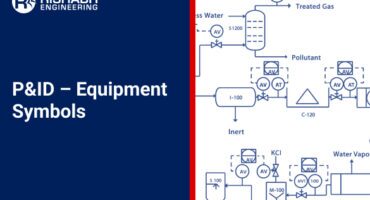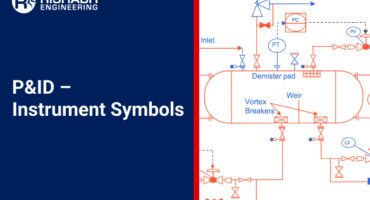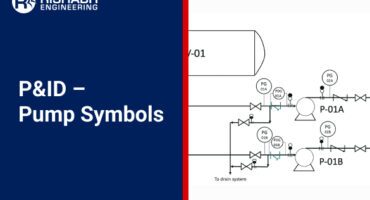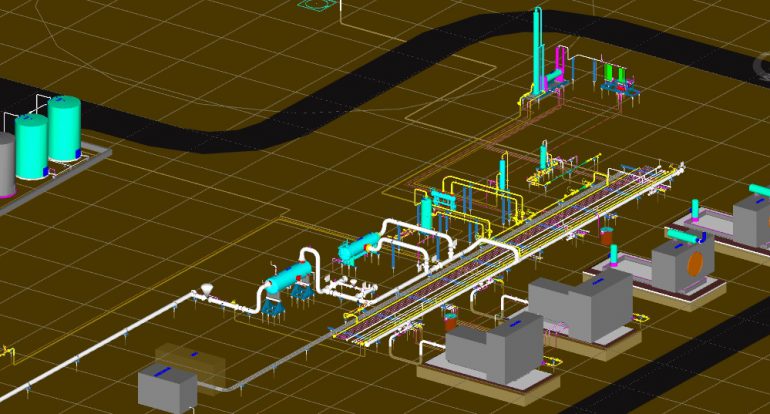
Project Information
Piping 3D Modeling of Compressor Station
Description
Client
A US based privately held Engineering, Procurement, Construction & Project Management Company specializing in the engineering and construction of heavy industrial facilities and pipelines, with an extensive experience with oil terminals.
To get detailed information

Engineering Requirement
Piping 3D modeling of compressor station with capacity of 50 MMSCFD along with support arrangement, equipment modeling, civil & structural modeling and piping plan drawings, as per international codes and standards.
Modeling of the following equipment:
- 2 Receivers
- 1 Slug Catcher
- 3 Compressors + 1 Future compressor
- 1 Filter Separator
- 1 Two-Phase High Pressure Separator
- 1 Discharge Horizontal filter
- 1 Glycol Absorber/Scrubber
- 1 Gas/Glycol Exchanger
- 1 Glycol after Scrubber

Delivered
- Overall Site Layout
- Equipment Layout
- Piping Layout
- Pipe Support Location Drawings
- Bill of Materials
- Isometrics
- 3D Model
- Piping General Arrangement Drawings
- Updated P&IDs
Want to know more about this project?
Our Recent Projects
Connect with us for all your engineering design needs
US Toll-Free Phone
+1-877-747-4224
India Phone
+91 (265) 2680159
Drop Us An Email
sales@rishabheng.com
Our Offices
USA, UK & India (Head office)
Ready to work with us? Tell us more
Our Recent blogs
In this blog, we’ll explore the frequently used equipment P&ID symbols, while explaining their function, significance, and how they contribute to effective system design.
This blog will dive deep into P&ID instrument symbols, explaining what they are, their importance, components, the types of symbols used, and how to interpret them and how Rishabh Engineering integrates these standards to ensure efficient, safe, and compliant designs for process systems.
This blog takes a deep dive into P&ID pump symbols — what they are, how they are used, why they are important, how to read and interpret them along with guidelines and best practices for creation. For engineers, designers, and operators alike, understanding pump symbols is critical to both interpreting and developing process designs that are safe, functional, and compliant with industry standards.
 Download PDF (742.50 KB)
Download PDF (742.50 KB)